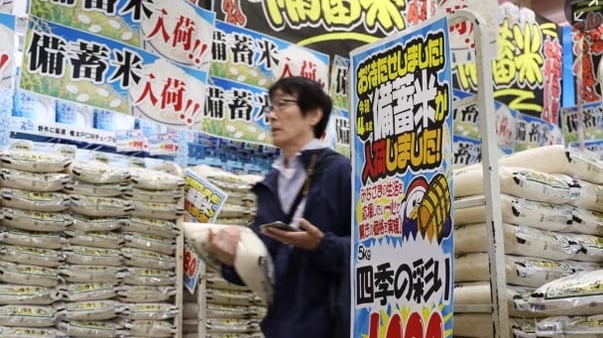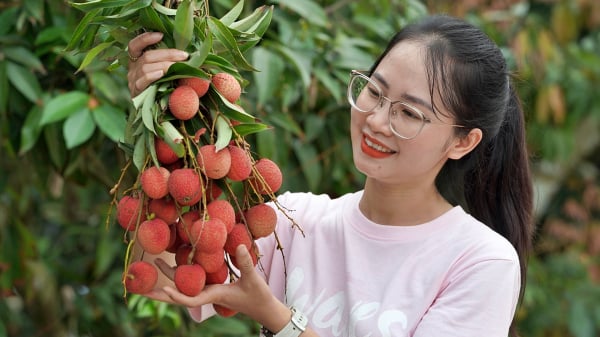June 19, 2025 | 02:37 GMT +7
June 19, 2025 | 02:37 GMT +7
Hotline: 0913.378.918
June 19, 2025 | 02:37 GMT +7
Hotline: 0913.378.918

5% broken rice in Vietnam. Photo: TL
According to data on Oryza, on May 18, Vietnam’s price of 5% broken rice was offered at US$ 493 per ton. This price has been holding steady for the past several days.
Also on May 18, Thailand's price of 5% broken rice was US$ 453 per ton, fell by U$ 3 per ton from the previous day.
Thus, Vietnam’s export price of 5% broken rice is currently US$ 40 per ton higher than Thailand's rice of the same type and much higher than Pakistan's (US$ 438 per ton) and India's (US$ 388 per ton).
The price of Indian rice, which is already low compared to major exporting countries, is on a downward trend due to increased supply as the Government of this country releases stockpiles to help the poor overcome difficulties caused by the Covid-19 pandemic.
Previously, Mr. Le Thanh Tung - Deputy Director of the Department of Crop Production (the Ministry of Agriculture and Rural Development) also said "Rice price in the last 10 years has never been high like this".
The reason for the increase in rice prices is that the demand for rice stocks of importing countries increases due to the complicated developments of the Covid-19 epidemic. Meanwhile, rice production of some other rice exporting countries such as Thailand decreased due to the effects of climate change. Demand is high, while the world supply of rice is not much.
Translated by Ha Phuc
/2025/06/17/2344-1-131758_261.jpg)
(VAN) Amid tariff risks and growing trade barriers in the U.S. market, Australia is emerging as a promising destination to sustain the growth momentum of Vietnam's shrimp exports.
/2025/06/17/2013-1-nongnghiep-112009.jpg)
(VAN) This notable growth trend reflects the global taste for fresh, nutritious fruits and the expanding use of lychees across various sectors.

(VAN) The political and cultural insulation of Japan’s beloved grain is falling apart, and experts warn the country’s relationship with the staple will have to adapt.

(VAN) Noting risks, report examines impacts of avian influenza, changing trade patterns since 2022, fish fraud, and shipping industry’s net-zero goals.

(VAN) Mr. Tran Quang Bao, General Director of the Forestry and Forest Protection Department, met and worked with the International Wood Products Association to promote cooperation in the field of timber trade.

(VAN) China's outbound shipments of rare earths in May jumped 23% on the month to their highest in a year, though Beijing's export curbs on some of the critical minerals halted some overseas sales.

(VAN) To sustain capital flow, administrative reform alone is not enough; what farmers truly need is an ecosystem where both government and businesses grow together in support.